The need for webinar software picked up during the COVID-19 pandemic, and it remains an important tool for many businesses. Both Zoom and Adobe Connect can fill the gap, enabling remote learning, teaching, and working. Released in 2011, Zoom is a well-known platform for webinars as well as video calls and call recording. Adobe has been around for much longer than Zoom, but it’s more well-known for PDFs and Photoshop. Its webinar software service, Adobe Connect, is one of the brand’s newer products.
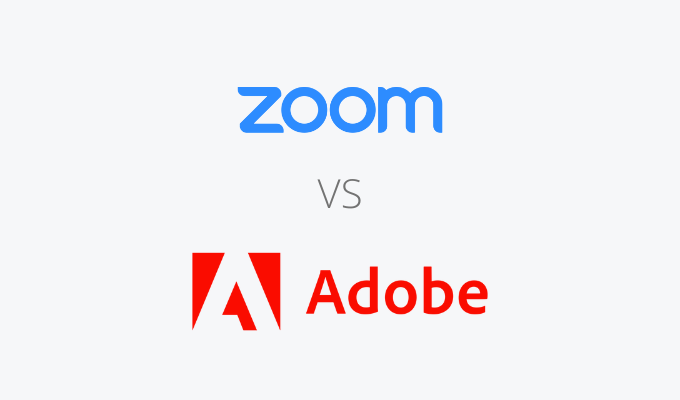
Zoom and Adobe Connect Compared to the Best
While Zoom made our best webinar software top list as the best option for educational institutions, Adobe Connect did not make the list at all. We’ll explore this in a minute, but if you’re looking for our top recommended webinar software brand, Livestorm won the spot thanks to its ease of use, suite of interactive tools, and mix of both webinar and virtual meeting software. Get started with a free Livestorm trial today.
- Livestorm – Best all-in-one-combo of webinars and virtual meetings
- WebinarJam – Best for hosting all types of webinars
- ClickMeeting – Best for beginners
- Demio – Best for marketing and sales
- Webex – Best for hosting accessible webinars
- BlueJeans – Best for scaling live webinars beyond 500 attendees
- EverWebinar – Best set-it-and-forget-it webinars
- Vast Conference – Best budget-friendly option
- Zoom – Best for educational institutions
- BigMarker – Best for large virtual events
- Crowdcast – Best webinar platform for a built-in audience
- GoTo Webinar – Best for infrequent webinars
- MyOwnConference – Cheapest way to facilitate simultaneous webinars
- WebinarGeek – Best for GDPR compliance and/or EU audiences
Zoom vs. Adobe Connect High-Level Comparison
Both Zoom and Adobe Connect help users host virtual meetings and webinars, supporting everything from virtual classrooms to team meetings to online conferences. Adobe Connect is geared toward providing a custom user experience, and to that end, just about everything in an Adobe Connect room is customizable. This can be ideal for educators who want to deliver a classroom experience remotely, but it can be overwhelming otherwise.
Zoom offers a more simple yet no less powerful way for people to virtually connect. With excellent performance and additional features, if you want them, Zoom can fulfill almost any virtual need. And if users need to host a meeting with 100 or fewer users, they can do so for free with a 40-minute time cap. This perk is one of Zoom’s most important features.
Products and Services Offered By Zoom and Adobe Connect
Zoom offers virtual meetings for up to 1,000 attendees, depending on the plan, and webinars for up to 10,000—or more. Meetings can come with team chat, file sharing, whiteboards, and phone services. Zoom also offers dedicated phone plans for businesses, along with Zoom Rooms and the newly released Zoom Contact Center. See our review of Zoom to learn more.
Adobe Connect focuses more on the features you get once you purchase a virtual meeting or webinar plan. With Adobe Connect, you get:
- Pods, or small windows that display information within a meeting room
- A variety of layouts to choose from
- Templates
- Room customization to reflect your brand colors
- Reusable rooms
- Interactive whiteboards
- Multiple-chat functionality
- Engagement dashboard
- Custom apps
- Learning management systems (LMS) integrations
This isn’t a complete list. Adobe Connect is incredibly feature-rich, but there’s a steep learning curve for many of the tools it offers.
Company Health and Stability of Zoom and Adobe Connect
Even though many people only learned about Zoom during the COVID-19 pandemic, the company—Zoom Video Communications, Inc.—has been around since 2011. The founder, Eric Yuan, owns 22% percent of the company and is its CEO. As of 2019, Zoom is a publicly traded company that trades under the NASDAQ symbol ZM. Like any good technology company, Zoom updates its products frequently.
Adobe Inc. acquired multimedia company Macromedia in 2005. Adobe rebranded Macromedia Breeze, a web communications system, and named it Adobe Connect in 2006. The name then changed to Adobe Acrobat Connect Professional in 2008 before reverting to Adobe Connect in 2009. Adobe routinely updates Adobe Connect.
Founded in 1982, Adobe has had the same CEO—Shantanu Narayen—since 2007. Adobe Inc. is publicly traded under the NASDAQ symbol ADBE. Institutional shareholders own 84.12% of the company’s shares.
Both Zoom and Adobe have been stable members of the technology sector for over a decade. Adobe Inc. is nearly 40 years old.
Zoom vs. Adobe Connect Pricing Comparison
Before deciding on one of these two brands, you can try forever-free versions of both Adobe Connect and Zoom to determine which one serves your needs best.
After the free plan, Zoom offers several pricing tiers for each product: Zoom One, Zoom Phone, Zoom Events & Webinars, Zoom Rooms, and Zoom Contact. Users can choose between monthly or annual billing.
For Adobe Connect, the tiers are straightforward: pricing varies based on whether you choose an Adobe Connect Meetings, Adobe Connect Webinars & Learning, or enterprise solution.
Pricing Structure of Zoom and Adobe Connect
Zoom offers its services by product or industry. For a single product—a Zoom Events & Webinars plan, for example—one user gets one license to use Zoom. Paying annually saves you money, with Zoom One Pro beginning at $149 per year. For a single Zoom Events & Webinars license that allows 1,000 participants, pay either $3,400 for a full year or $340 a month.
Companies in the healthcare, education, or software development sectors can purchase various industry plans, such as an Education Meetings Plan that come with 20 licenses. This plan begins at $1,800 a year.
Adobe Connect also sells product licenses. Users must pay $50 a month per host license for Adobe Connect Meetings, which is capped at just 25 attendees. The next tier up, Adobe Connect Webinars, gives you 100 webinar attendees for $130 a month. Buyers can purchase up to four host licenses each. If a company needs more licenses, it must contact sales for details on Adobe Connect’s enterprise solutions.
Cost Comparison of Zoom and Adobe Connect
Zoom is more affordable than Adobe Connect. At just $199.90 a year or $19.99 a month for unlimited meeting minutes and up to 300 attendees, Zoom One’s Pro tier can fit neatly into the budget. This is significantly less expensive than Adobe Connect’s $50 monthly price for 25 attendees.
Webinars are Adobe Connect’s strong suit, but they’re prohibitively expensive. To host webinars for up to 100 participants, you’ll pay $130 a month. For 500 audience members, the charge is $470 a month—far more expensive than Zoom’s price of $79 a month or $690 a year for 500 participants.
We’d say that Adobe Connect is ideal for educational institutions, but its Virtual Classroom Manager is $370 a month for 200 participants, and it’s unclear how this plan is any different from a standard webinar plan. Zoom excels at facilitating virtual classrooms without straining the budget.
Trials and Guarantees for Zoom and Adobe Connect
The free Zoom One tier gives users 40 minutes of meeting time for up to 100 users. Each free meeting includes three whiteboards, team chat, virtual backgrounds, and automatic captions. None of Zoom’s other products comes with a free trial or forever-free plan except for Zoom Rooms, which you can try for 30 days for free.
Adobe Connect’s forever-free plan only allows three participants. However, users do get most of the bells and whistles the service offers. If you want to try Adobe Meetings with more than three participants, the brand does offer a 30-day free trial for up to 25 attendees.
Zoom vs. Adobe Connect Core Criteria Comparison
When we created our list of the top webinar software brands, we evaluated each brand according to seven core criteria points. To help ensure a high-quality experience for our readers, we only include brands that meet or exceed all core criteria points in our top list.
If you want to see how Zoom and Adobe Connect stacked up against their competitors, see our list of the best webinar software brands.
Accessibility – Zoom Wins
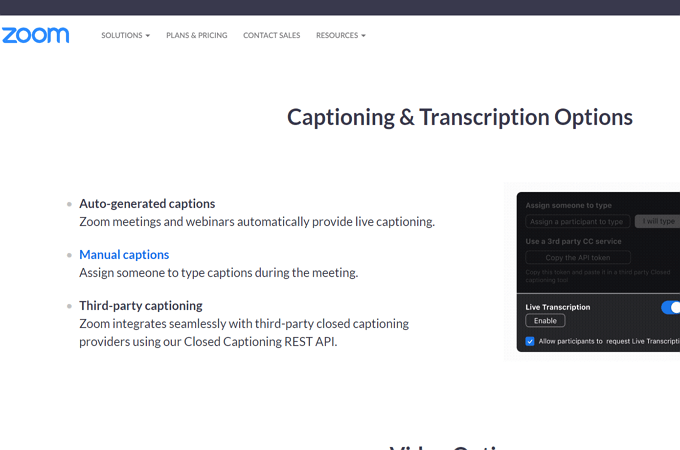
Now more than ever, the world is beginning to understand how important it is to embrace differences. There’s no one-size-fits-all experience of the world. A good communication software will have an easily understandable interface, settings to accommodate those who learn in different ways, and translations in a variety of languages.
A highly accessible service, Zoom allows users and participants to start or join meetings without downloading an app to their laptops, which is helpful for users with limited space. Zoom also provides options for captioning, text formatting, dark mode, screen reader, focus mode, and muting/unmuting. Translations are available for 10 languages besides English.
Adobe Connect provides many of the same accessibility features, but it’s much less intuitive to navigate. Plus, it requires users to download an app. Users can also require participants to download an app before meetings.
Audience Engagement – Tie
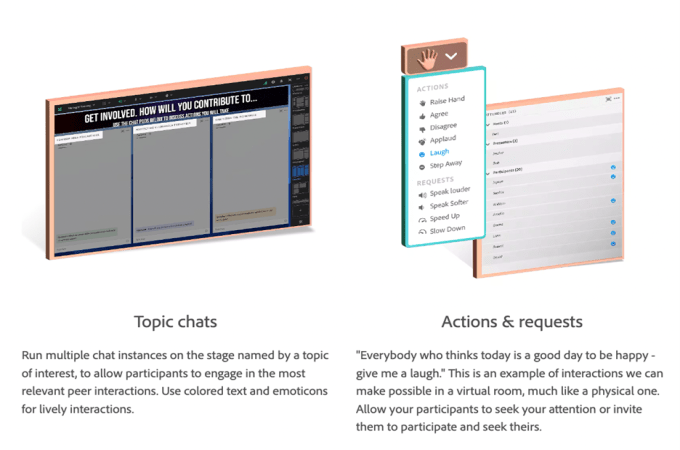
Webinars and virtual meetings aim to create an in-person feel in a virtual space. That’s why audience engagement tools like polls, quizzes, a hand-raising feature, and live chats are essential.
Both Zoom and Adobe Connect offer these important audience engagement tools. Adobe Connect’s tools can be more difficult to find and use, but that’s more of an accessibility issue than an audience engagement one.
Marketing Customization – Zoom Wins
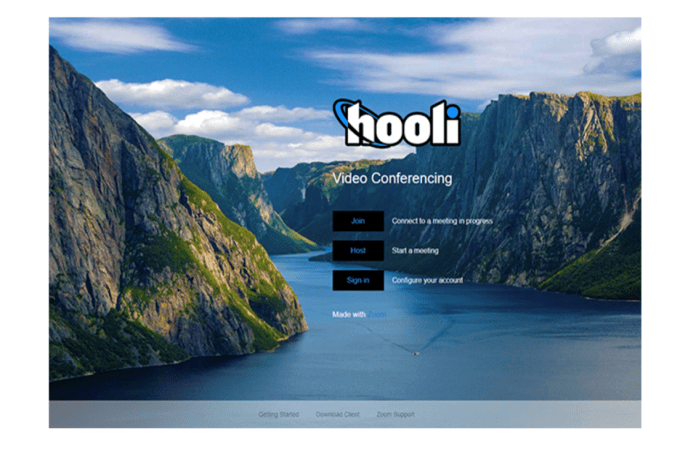
Whether you’re running a webinar for a large company or a small one, being able to incorporate your branding can help keep the focus on your brand—not on Zoom or Adobe. We assessed which service allows the most branding flexibility.
While Adobe Connect lets users customize the logos, colors, and banners for login and admin pages, as well as allows vanity URLs, Zoom does all this and more. With Zoom, users can customize the actual rooms. They can also brand the meeting schedule emails that come after an event is announced or scheduled.
Zoom also lets you write social media descriptions for an event. You can upload a customized banner and description to keep everything seamless from email to website to social media.
Moderator Capabilities – Tie
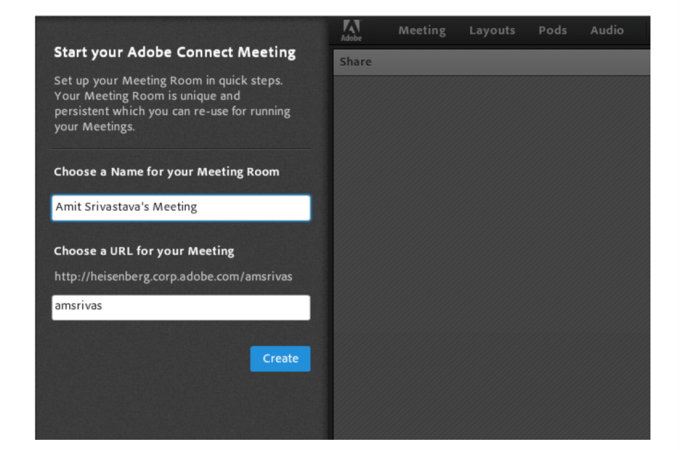
Stress-free moderation is essential to any virtual meeting or webinar. It should be easy for moderators to mute/unmute participants, block attendees if needed, share files, play videos, and share screens.
Both Zoom and Adobe Connect allow moderators to kick unruly attendees out, share files during presentations, share screens, moderate chats, and utilize dedicated waiting spaces for presenters and hosts to prepare before inviting attendees into the meeting or webinar.
Recording Capabilities – Zoom Wins
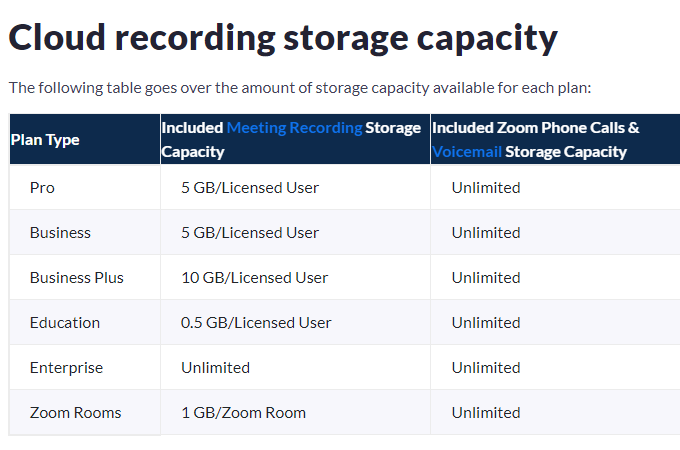
Any webinar software service should let users record, store, and share webinars or meetings to use in the future. Webinars can be sold for passive income, for example. Meetings can be watched again to share information with new team members.
While Adobe Connect offers all the recording capabilities Zoom does, along with an in-app editor, which Zoom doesn’t have, Adobe Connect lacks easily accessible cloud storage. This essential feature keeps users from clogging their personal computers with local recordings.
Zoom offers Zoom cloud storage for each of its plans. If users need more storage, they can purchase additional space or upgrade to a plan with more storage capacity. Users can also store recordings locally if they want to.
Support – Zoom Wins
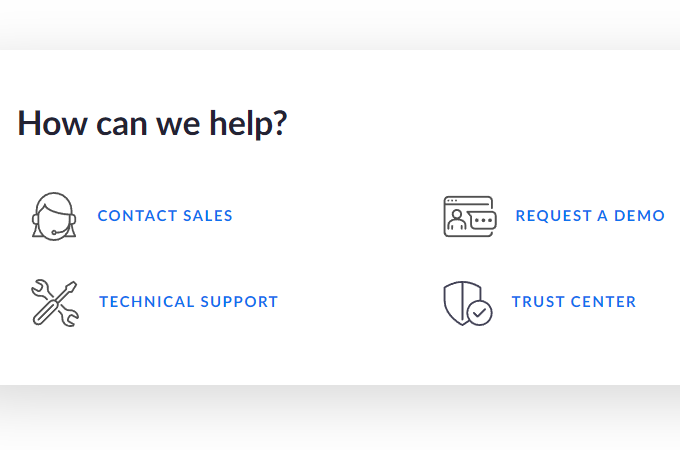
While they should be few and far between, technology hiccups do happen. A high-quality webinar software service will have robust support options in the event of a technology emergency.
Zoom and Adobe Connect both offer 24/7 customer support via telephone, so it’s technically a tie here. However, it’s important to note that reviewers frequently complain of poor customer support. On the other hand, users frequently praise Zoom’s customer service as being helpful, particularly in technological crises.
Webinar Types – Zoom Wins
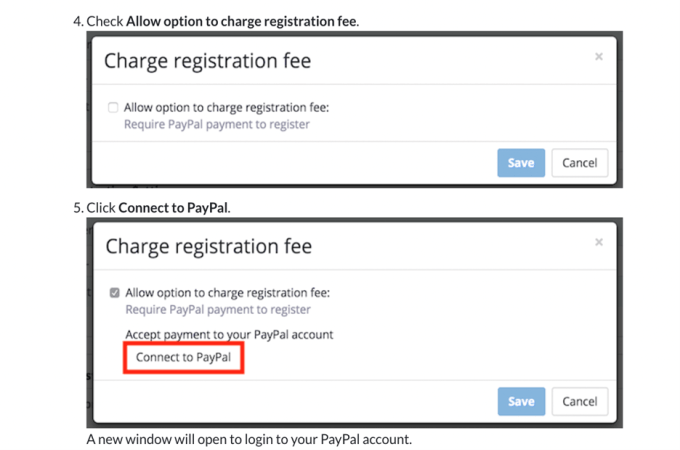
Whether you want to host a hybrid, just-in-time, live, or automated webinar, your software service should be able to do it.
Zoom offers all these webinar types, although you need to use integrations for some of them, such as automated webinars. However, we love that users can easily run paid webinars by connecting their Zoom account with PayPal.
Unfortunately, Adobe Connect doesn’t make it easy to run automated or paid webinars.
Final Verdict — Zoom Wins
Our research shows that Zoom comes with more flexibility than Adobe Connect. Zoom is accessible, facilitates audience engagement, allows for brand customization, has appropriate moderator capabilities, stores recordings on the Zoom cloud, offers solid customer support, and can handle a variety of webinar types.
Adobe Connect may be more convenient for users who are already heavily invested in the Adobe ecosystem. But Zoom is a user-friendly, affordable, standalone choice that works for just about anyone.
from Quick Sprout https://ift.tt/K2yYbvV
via IFTTT
No comments:
Post a Comment